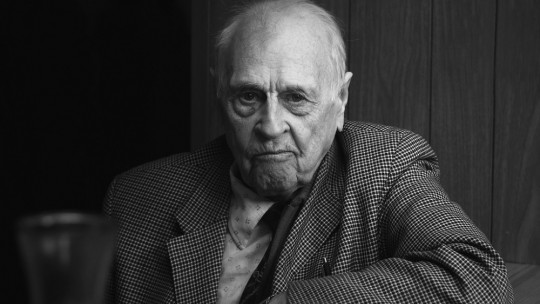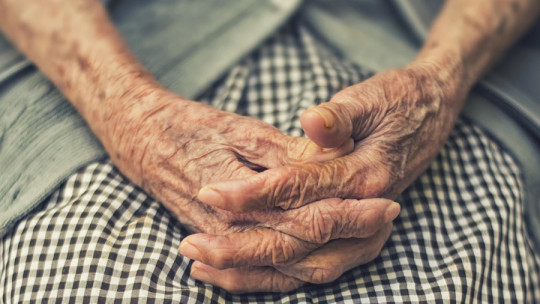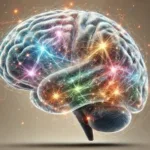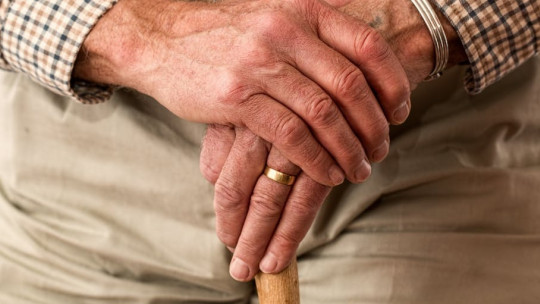There are a large number of neurological disorders, all of them with different causes and that can produce a large number of symptoms, depending on the area or areas they affect. Some of them are linked to movement control. Among these, Parkinson’s disease is especially well known, but there are numerous problems with similar symptoms.
One of them, which is frequently confused with the previous disease and which is very common, is tremor or essential tremor.
Essential tremor: characteristics and symptoms
Essential tremor is a very common neurological disorder in the population, especially those over 65 years of age, characterized by the presence of involuntary and persistent tremors or rhythmic shaking. These jerks occur especially in the hands and arms, generally in both extremities at the same time and symmetrically. It is also common for tremors to appear on the face, which can also affect the voice. Although it is not so common, sometimes the same thing happens in the legs.
These tremors occur when the subject is making voluntary movements or maintaining certain postures, such as when extending their arms, eating, writing or driving. These shocks can vary in intensity depending on the moment, and Without treatment they can worsen with age.
As a general rule and unless it is superimposed on other disorders (it is possible that it appears together with diseases such as Parkinson’s), essential tremor is limited solely to the motor area. In other words, essential tremor per se does not cause cognitive impairment or other alterations. It is not a dementia or a neurodegenerative disease.
Although the main symptoms are the aforementioned tremors (although sometimes fatigue and weight loss may appear) when performing actions or maintaining postures, and it does not cause mental deterioration, This disease can be very disabling in different aspects of life.
For example, actions that require precision such as sewing or even drinking from a glass can be greatly complicated. It is not strange that those who suffer from it may also have some depressive symptoms. Some people may have to leave their job (for example, a surgeon) or find alternative methods of getting around (driving is extremely dangerous).
This disease usually appears between forty and 65 years of age. Despite this, cases have been detected in all ages, can appear even in childhood.
Causes of the disorder
In this disorder there are alterations in the nervous connections of the different nuclei that regulate movement , such as the cerebellum, the thalamus or the nigrostriatal pathway. However, the causes of these alterations are currently not completely known.
The data and evidence reflect that there is a genetic origin in a high percentage of cases. in several families mutations have been located in the D3 receptor gene , but it does not occur in all cases. The genes involved vary according to the studies. But there is also an environmental influence, given that there are also sporadic cases in which there is no genetic inheritance.
Similarities and differences with Parkinson’s
It has been previously mentioned that this disease It is frequently confused with Parkinson’s for various reasons. The causes of this confusion are based on the similarity of their symptoms and some neurological characteristics. Likewise, in some cases people with essential tremor have a predisposition to suffer from Parkinson’s, which they may or may not develop.
In both cases we find the presence of involuntary tremors. However, while Tremors at rest stand out in Parkinson’s In essential tremor, tremors occur when the subject is making a movement or maintaining a posture.
Another common aspect is that in Parkinson’s a great involvement of the nigrostriatal pathway is seen , with problems in the transmission of the neurotransmitter dopamine. In essential tremor there may also be impairment, degeneration or hypofunction of this pathway, although it is not essential.
However, in Parkinson’s disease, the presence of so-called Lewy bodies can be observed in this pathway. In many of the studies carried out to date, they are not present in essential tremor, although recent literature has found cases in which they were also present, generally in cases with a predisposition to Parkinson’s. In other cases they have been found in the cerebellum.
It also highlights the fact that regarding pharmacological treatment , substances that are useful in one disorder do not usually have an effect on the other. For example, L-dopa used in the case of Parkinson’s is usually not useful in the case of essential tremor. There are exceptions such as some surgeries and drugs such as zonisamide, which in many cases is beneficial for both pathologies.
Common treatments for essential tremor
Essential tremor is a disease that There is currently no curative treatment but rather the treatments are aimed at reducing the tremors present in it and improving the patient’s quality of life.
Essential tremor usually worsens with the consumption of some exciting substances like coffee, which is why this substance is usually contraindicated. Alcohol in small doses can produce some reduction in tremor, but caution must be taken with the doses and over time it can worsen it. It has been observed that the shakes may be less when elements that have a certain weight are used when performing the movements.
At the level of pharmacological treatment, different substances are usually used such as imientodone (an anticonvulsant) or beta blockers such as propranolol. Sometimes antidepressants and anxiolytics are also used. The choice of the drug in question will depend on the characteristics of the patient or its possible side and/or adverse effects (for example, propranolol lowers blood pressure).
Another treatment used is injections of botulinum toxin or botox especially in areas such as the hands or head, which reduce the intensity of tremors.
When the tremors are severe or very disabling, surgery can also be used. In this sense, deep brain stimulation is usually used, in which a device is installed that stimulates different points of the brain using electrical impulses in a similar way to how a pacemaker would act, or repetitive transcranial magnetic stimulation. In more serious cases, excision of part of the thalamus can also be chosen.









